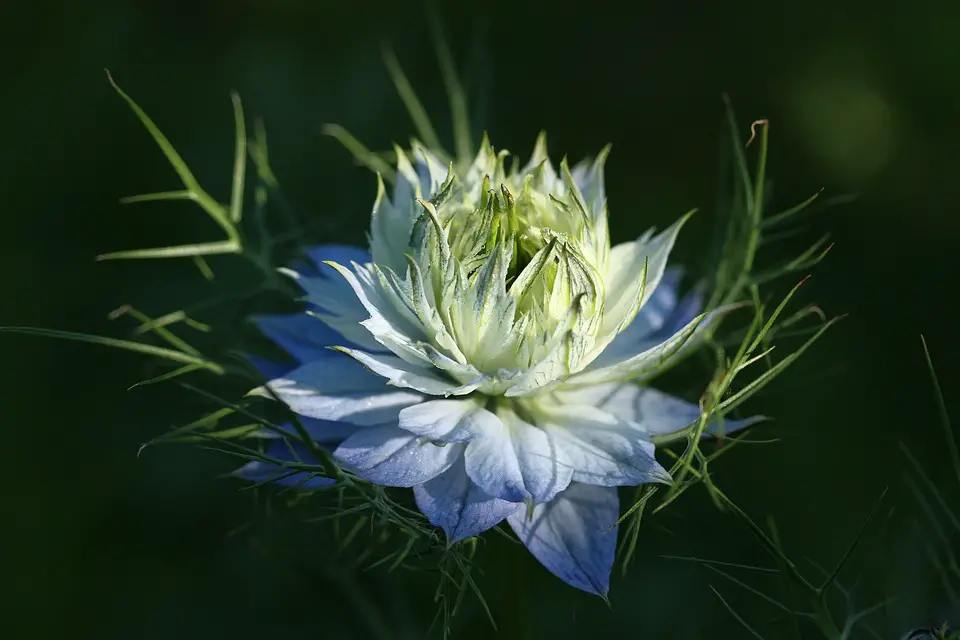Introduction
Starting your gardening journey can be exciting and rewarding, especially when you have a greenhouse. Greenhouses provide an ideal environment for plants, allowing you to extend your growing season and cultivate a variety of plants all year round. For beginner gardeners, choosing the right plants is crucial to achieving success and building confidence in their green thumbs. In this article, we will explore some of the best greenhouse plants for beginner gardeners.
Tomatoes
Tomatoes are a great choice for beginners as they are easy to grow in a greenhouse. They come in various varieties, including cherry tomatoes, beefsteak tomatoes, and Roma tomatoes. Tomatoes require ample sunlight, regular watering, and well-drained soil. With the controlled environment of a greenhouse, you can ensure optimal conditions for your tomato plants.
Lettuce and Leafy Greens
Lettuce and other leafy greens, such as spinach and kale, are excellent choices for beginners. They grow relatively quickly and can be harvested at various stages of growth. Leafy greens thrive in cooler temperatures, making them well-suited for greenhouse cultivation. They require consistent watering and well-drained soil.
Herbs
Herbs like basil, cilantro, and mint are perfect for beginner gardeners. They are low maintenance and can be grown in small containers within the greenhouse. Herbs prefer well-drained soil and thrive in warm, sunny conditions. Harvesting fresh herbs from your own greenhouse will add a delightful aroma and flavor to your culinary creations.
Peppers
Peppers, both sweet and hot varieties, are another excellent choice for greenhouse cultivation. They require full sun exposure and consistent watering. Peppers come in various sizes, colors, and levels of spiciness, allowing you to experiment with different flavors. Greenhouses provide the warmth and protection needed for these plants to thrive.
Cucumbers
Cucumbers are relatively easy to grow in a greenhouse and yield abundant produce. They require full sun, regular watering, and well-drained soil. There are different types of cucumbers, including slicing cucumbers and pickling cucumbers. With trellises for support, cucumbers can be trained to grow upwards, saving space in your greenhouse.
FAQs
What is the ideal temperature for a greenhouse?
The ideal temperature for a greenhouse depends on the plants you are cultivating. However, most greenhouse plants thrive between 70°F and 85°F (21°C to 29°C) during the day and slightly cooler temperatures at night.
How often should I water my greenhouse plants?
The watering frequency depends on various factors such as the type of plants, the stage of growth, temperature, and humidity. As a general rule, it’s best to keep the soil slightly moist. Avoid overwatering as it can lead to root rot.
Do greenhouse plants need fertilizer?
Yes, greenhouse plants benefit from regular fertilization. The specific type and frequency of fertilizer application depend on the plants being grown. It’s essential to follow the instructions provided with your chosen fertilizer and avoid overfertilization, which can damage the plants.
Can I start my greenhouse garden from seeds?
Absolutely! Starting from seeds is a cost-effective way to begin your greenhouse garden. Follow the instructions on seed packets for optimal planting times and conditions. Starting from seeds allows you to experience the complete growth process and gives you more control over the quality of your plants.
How do I control pests in the greenhouse?
Pest control in the greenhouse can often be achieved through regular monitoring and prevention methods. Integrated Pest Management (IPM) techniques, such as using beneficial insects, proper sanitation, and removing heavily infested plants, can help control common greenhouse pests. If necessary, there are also organic pesticides available for specific pest problems.




